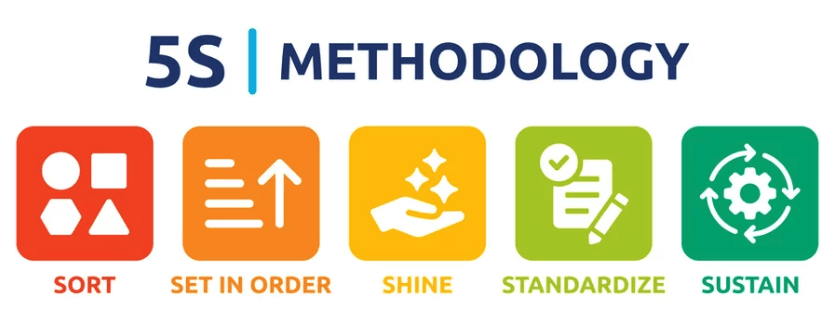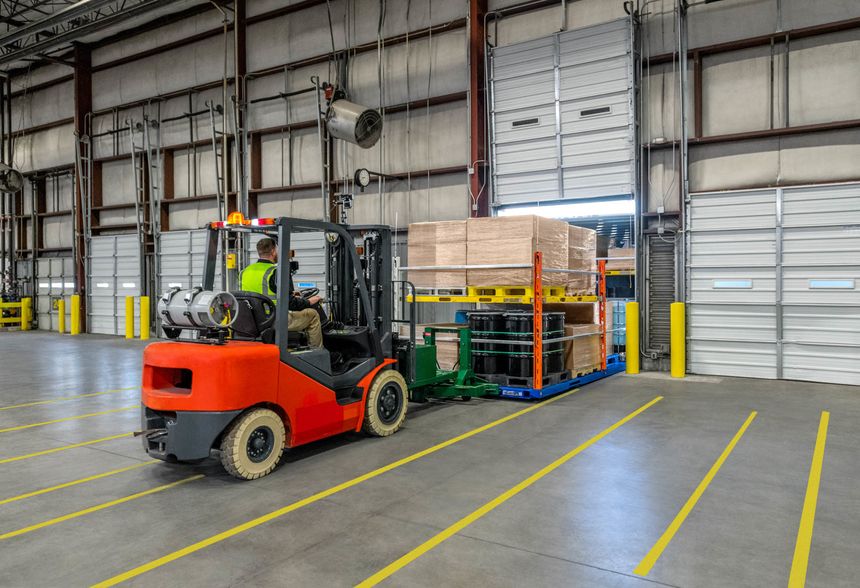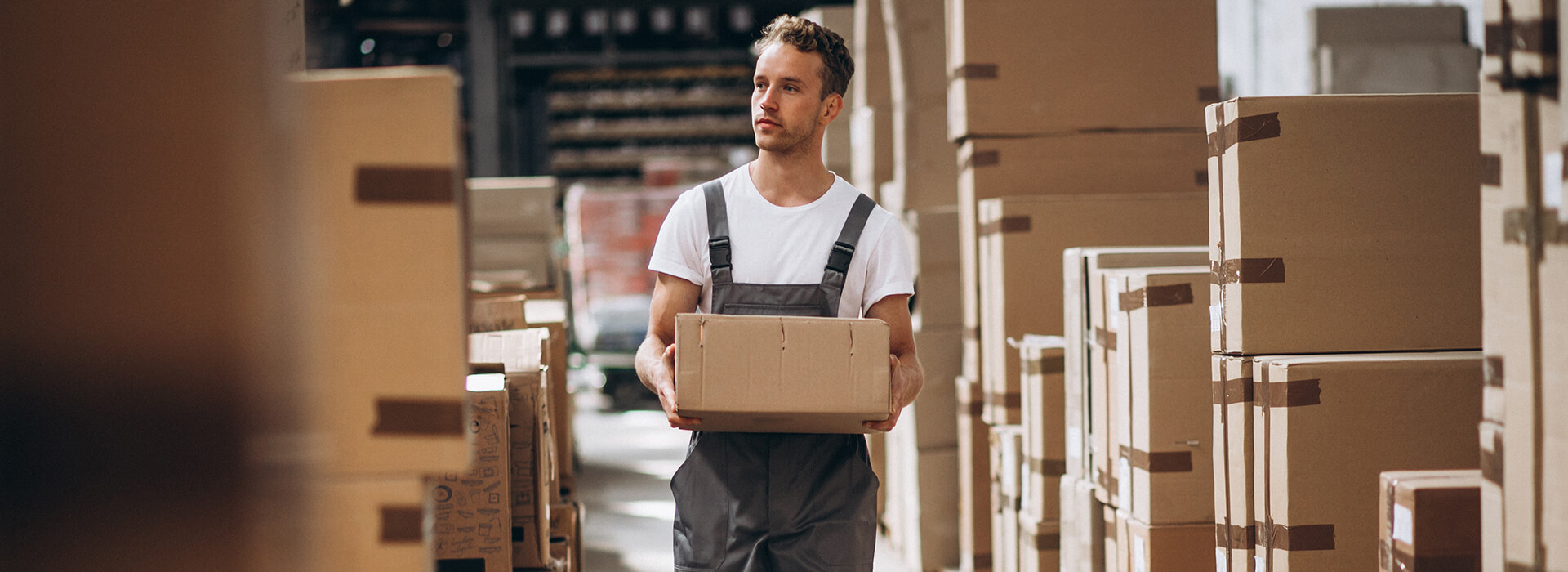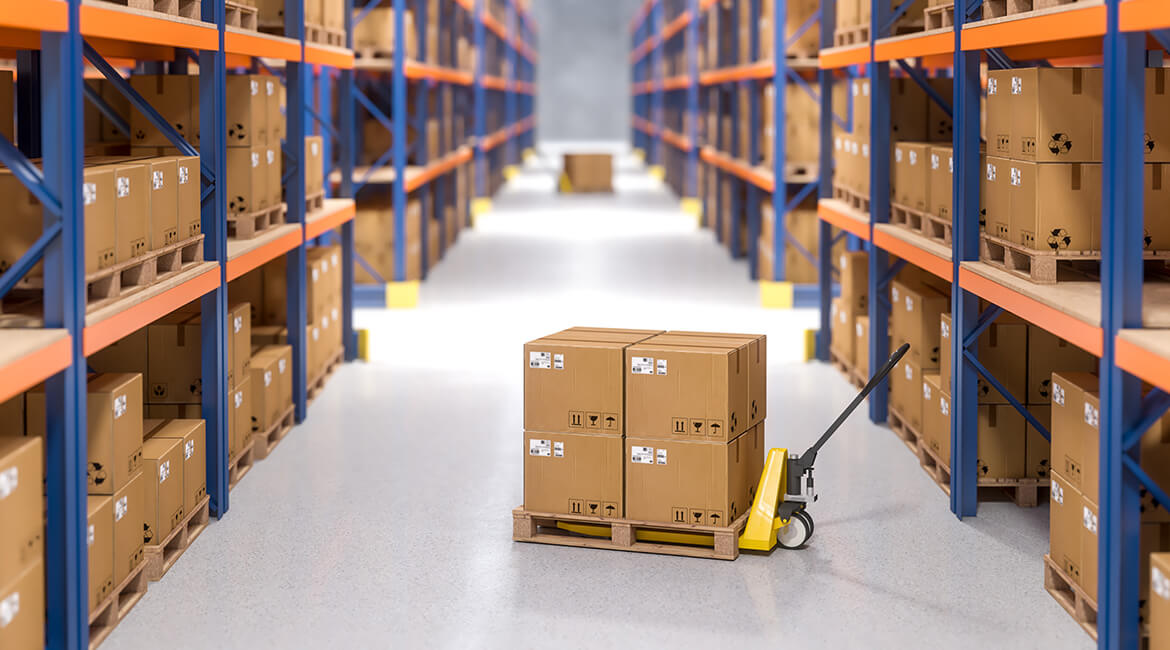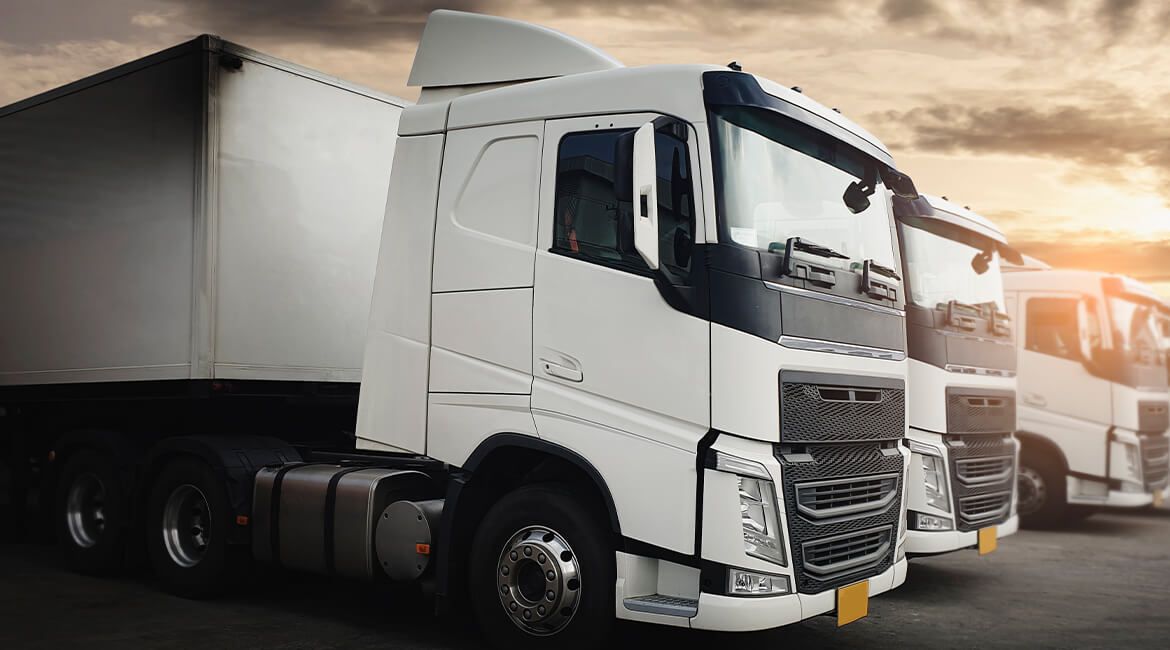Mexico replaced China as America’s top trade buddy — and it shows how the global economy is rapidly transforming
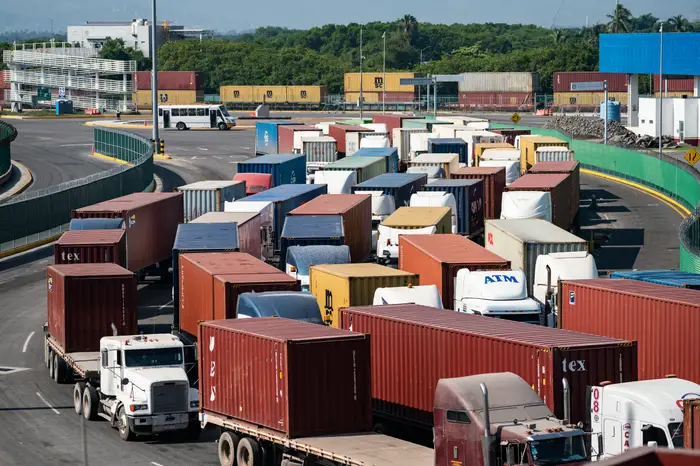
Meet America’s new, old best friend in the world economy
In a recent update from Luis Torres, a senior business economist at the Federal Reserve Bank of Dallas, it has been highlighted that Mexico has reestablished itself as America’s foremost trading ally. In the first third of the year, the trade value between the two nations amounted to $263 billion. The U.S.’s trade with Mexico represented 15.4% of its total imports and exports, slightly edging out trade with Canada and China, which stood at 15.2% and 12%, respectively.
This recovery of Mexico’s leading position over China—despite China’s two-decade effort to weave itself more tightly into the U.S. economy—emphasizes the ongoing impact of 2020’s economic turmoil on the global economy in the foreseeable future.
According to Torres, the origins of this transformation were evident before the pandemic, influenced by former President Trump’s Chinese tariffs and the enactment of the US-Canada-Mexico trade agreement, a marginal modification to the nearly 30-year-old NAFTA deal. Torres also indicated that these changes marked a faster shift towards “nearshoring,” a strategy of relocating vital supply chains closer in geographical and political terms.
Torres explained, “Increased protectionism and related industrial policy are consistent with less global trade, more regional trade, and nearshoring and reshoring (returning production to the home country),” although admitting that recent data on nearshoring is sparse and largely anecdotal.
The pandemic fueled nearshoring due to the heightened expense of Pacific shipping and consumers’ craving for quicker deliveries—often referred to as “The Amazon Prime Effect.” Earlier this year, Peter S. Goodman of The New York Times noted that retailers like Walmart were increasingly sourcing closer to home amid escalating U.S.-China political tensions.
Michael Burns of Murray Hill Group, an investment firm specializing in supply chains, described it as “the next stage of globalization that is focused on regional networks,” rather than a decline in globalization.
Shannon O’Neil’s recent book, “The Globalization Myth: Why Regions Matter,” argues in favor of regionalization over globalization, proposing that domestic production would be beneficial for American workers. NPR’s Greg Rosalsky summarized her point, stating that the average Mexican import is “40% US made,” whereas the average Canadian import is “25% made in the US,” compared to only 4% for products from China.
Despite these trends, President Biden has been attempting to mend U.S.-China relations, further strained by the downing of a Chinese spy balloon in February. Following meetings with China’s leader, Xi Jinping, and a four-day visit by Treasury Secretary Janet Yellen, there seems to be a mutual commitment to a more stable relationship, although concerns about “unfair economic practices” remain.
Blinken and Xi’s promise to stabilize relations and Yellen’s hope for cooperation underlines the notion that “the world is big enough for both of our countries to thrive.”
Currently, it’s evident that the Mexico-U.S. trade relationship is flourishing and likely to keep growing, even as the global landscape continues to shift, particularly in regard to China.

